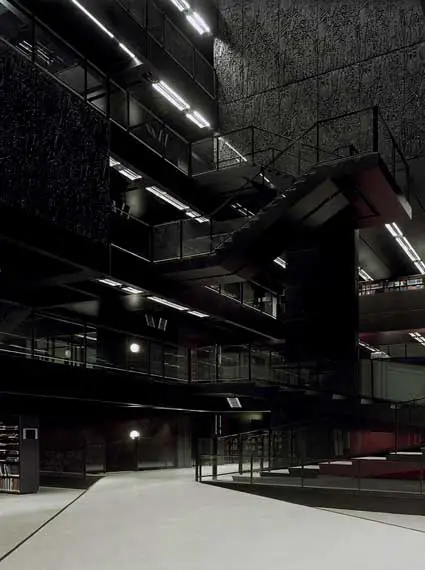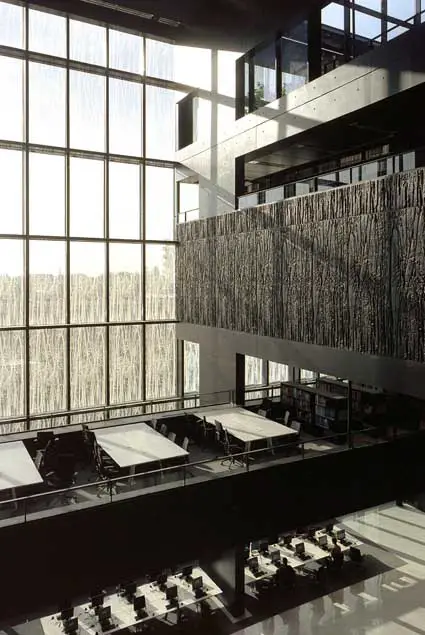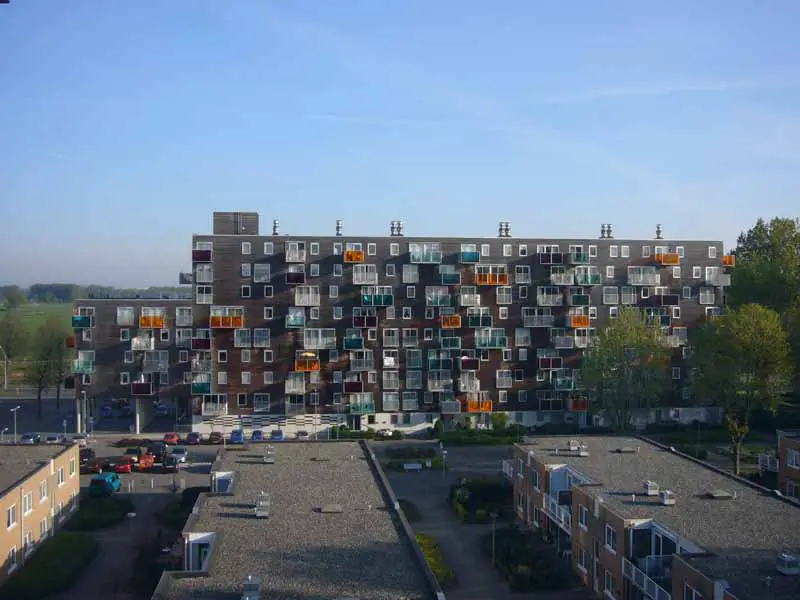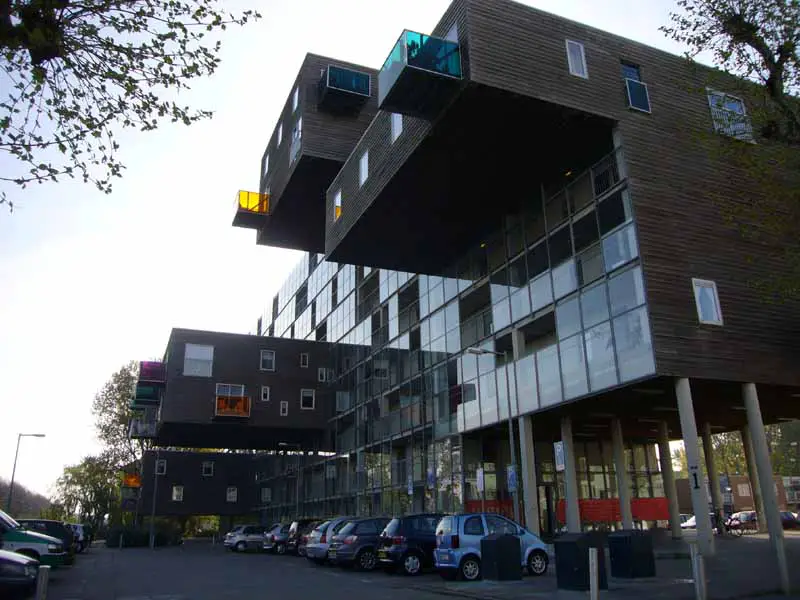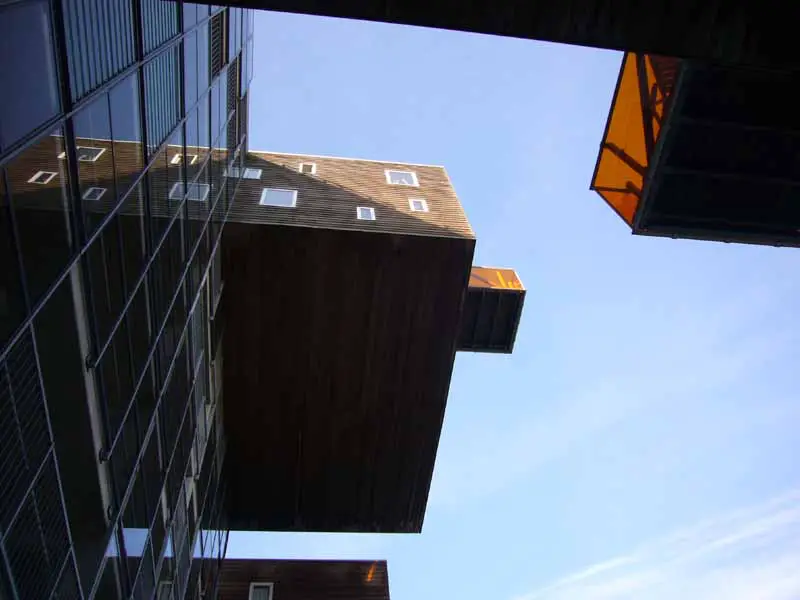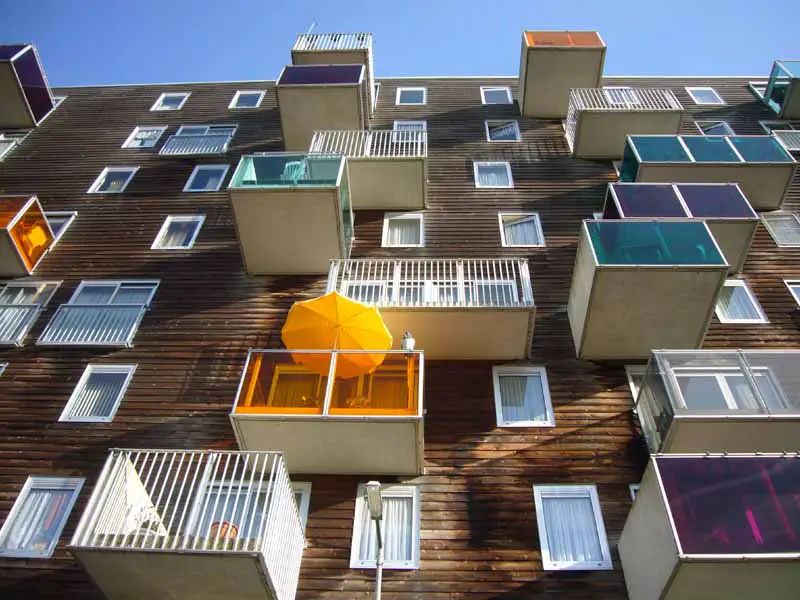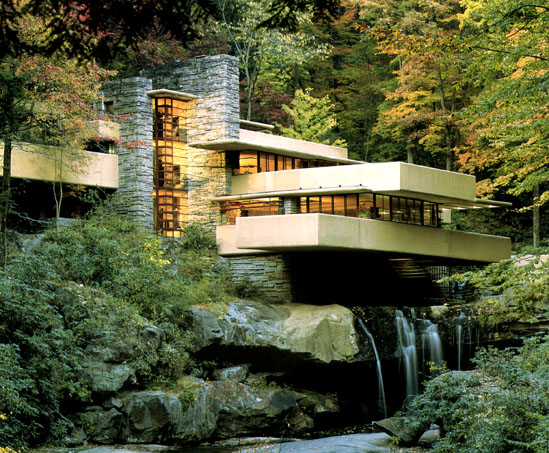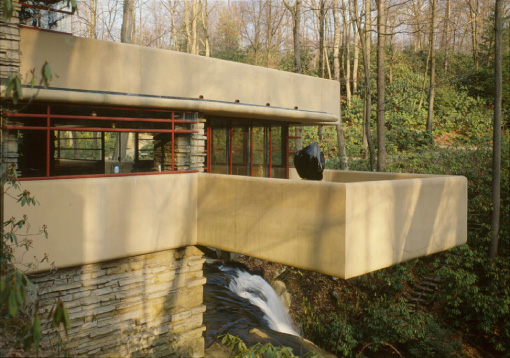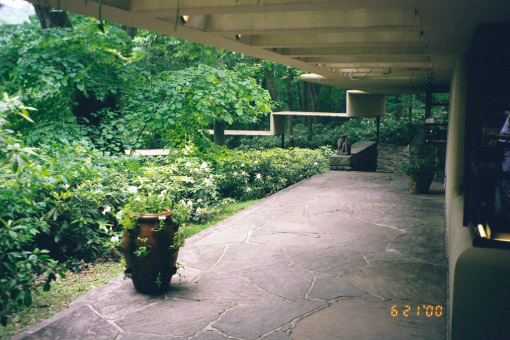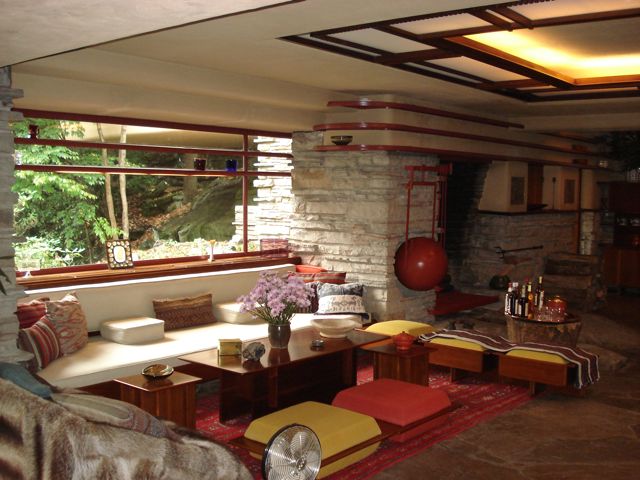Intervention Project: What is your response to the existing building and why?
Situated on a sloping location of South Dudhope Works, Tayside, Dundee, the site for the Intervention Project is for the Tayside Recycling Centre of Tayside Foundation for the Conservation of Resources (TFCR).
The main entrance via Douglas Street is directly from the Tayside Recycling Centre itself, while another alternate entrance to the site of the north-west corner of the rectangular area is on the Park Street, a level-increasing street to the north situated on the west side. This increment of levels illustrates the nature of the location itself where the south side of the site is facing the river while the north side the hill part of Dundee, the Dudhope Park. Situated opposite Blackness Trading Precinct with many precedents surrounding such as warehouses, sawmills and factories adopting early nineteenth century industrial architecture with common red brick with limestone materiality underlines the area as being an industrial zone area, where a nature of industrial spirit is transparent on the site. A public access does not seem to appeal to the site, which acts as a pass-by for any civilians rather than an actual destination.
With aged thick walls lining the site, the open free area is limited as erecting structures stand on its sides, making it appears smaller than it actually is. The walls, weathered by age, accumulate dirt, wild shrubs and garbage which make the site a dangerous and unappealing for a public to access. The texture of the wall remains untouched with the rawness of the bricks materiality, bringing honesty and integrity to the site. This captures the spirit of Victorian era, where architects appreciate the genuine materiality of a structure and elevate its rawness as honesty to architecture (Rasmussen S. E., 1959). As a subjective perspective, the aesthetic value is seen to be higher in rough surfaces rather than in smoothly polished surface. Though being imperfect on its structural where the walls are misshaped due to maybe endurance of weather as maintenance were minimal to none, the walls create a distinction and uniqueness which brings character to the site.
Visitors to the Tayside Recycling Centre are welcomed with an expansive canopy in a structural fashion as an entrance from Douglas Street. This illustrates a grand gesture of welcoming similar to the Pantheon in Rome, which unlike the pantheon; it leads to the ironically small and secluded site. Walking underneath the canopy, it easily creates an illusion of a big space of the entire site and even the recycling centre itself, making the first impression of viewing of the actual site deeply underwhelming. The big canopy is also used as a roofed parking space. The structural nature of the canopy imitates the common low-cost factory roofs and warehouses, where the canopy is propped up by steel framing and laminated with zinc, parallel to its nature of an industrial area. Case in point, the Drogheda Port-able Warehouse, it introduces a low-cost structure that is easy to build and illustrates a massive space to store a big pile inside.
Facing an existing building of the recycling centre, the site appears to be dark as shadows casted by the big building cover the area with most open space. Within the wall, on the other hand, sunlight intensity appears to be higher for it lies on a less shaded space. An elevated plane borders the south-west side due to the hilly nature of the location making a definite good view not well underlined. These features are simply mere unique features that are fascinating for a new emerging form that can be erecting within the earth, as much as the approach of architects such as Tadao Ando who intertwine the elements of the environmental nature itself, unique to its own to his design, making use of spatial of light (Nute, K. 2004).
Being characterized as an industrial area, the site evokes exactly that. The existing buildings remain with their nature of industrial elements and simplicity of materiality, alongside their own industrial purposes and utilizations. With its rawness and honesty in architecture design, it is easy to translate the spirit inside as being a recycling centre that captures the seclusion and disconnection to public interests. Though the site easily appears to be for lack of better words, “a dump”, it captures a sense of rawness and honesty that are indeed simply beautiful.
Bibliography
Rasmussen S. E., 1959, Experiencing Architecture, The MIT Press
Nute, K., 2004, Place, Time, And Being In Japanese Architecture, Routledge





